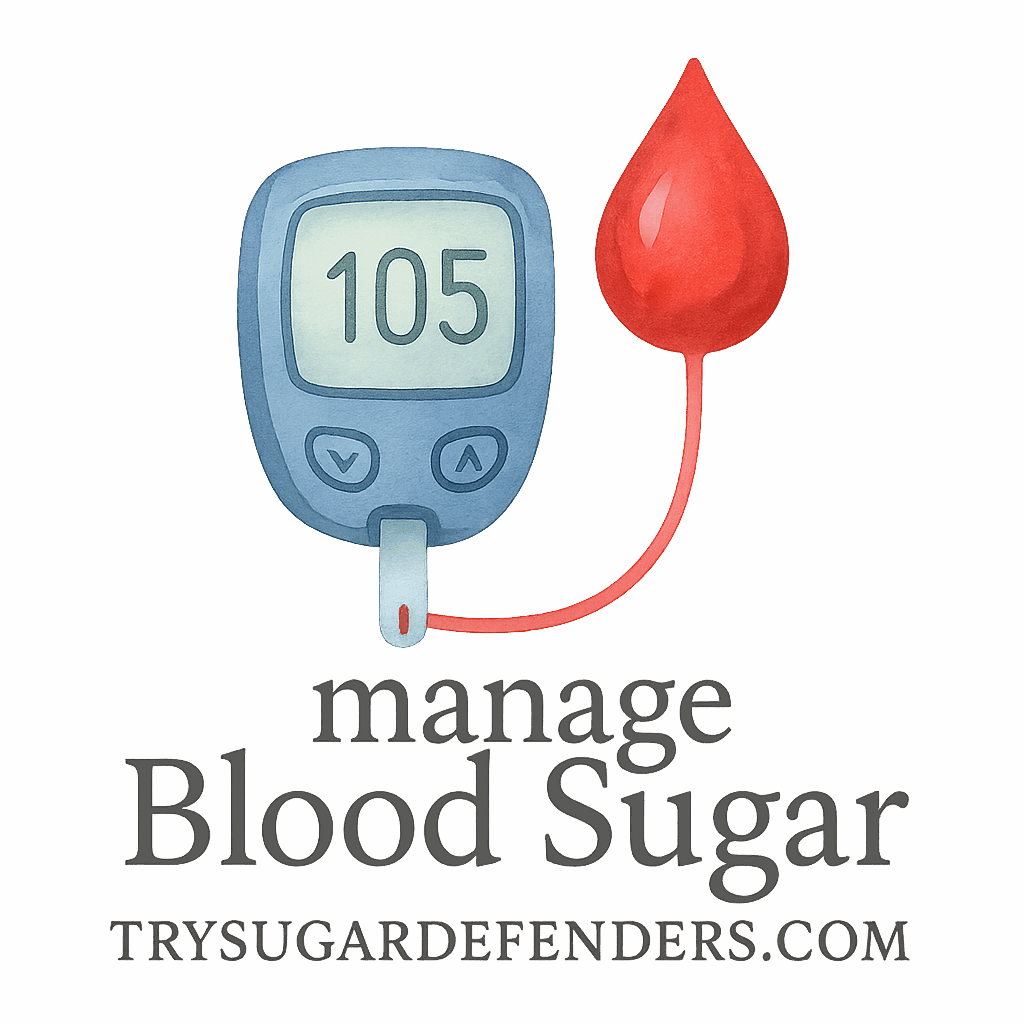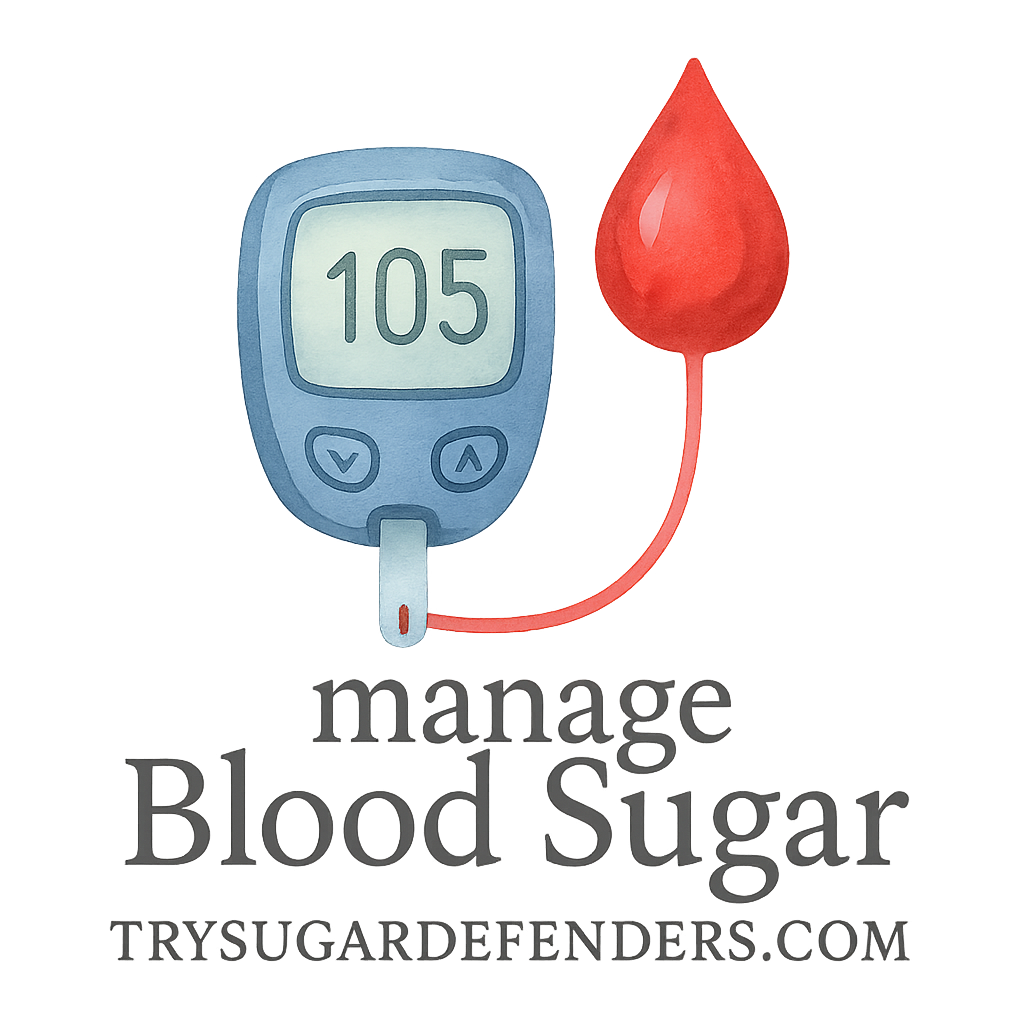Managing blood sugar can feel like a constant balancing act, right? But what if I told you one of the simplest ways to help lower blood sugar is something you already know how to do—walking. Yep, that’s right! No fancy equipment, no gym membership—just lace up your shoes and step outside. In this article, I’ll share 8 powerful ways walking helps lower blood sugar quickly, backed by science and easy to implement. Whether you’re managing diabetes, prediabetes, or just aiming for better health, this guide will show you how to use walking as a tool for blood sugar control.
And along the way, I’ll include some great internal resources to dive even deeper—like tips on exercise and lifestyle, diet and nutrition, and monitoring and tracking.
Let’s get stepping!
1. Walking Boosts Insulin Sensitivity
When you walk, your muscles demand energy—specifically, glucose from your bloodstream. As a result, your body uses insulin more effectively, meaning less glucose lingers in your blood.
How Insulin Sensitivity Affects Blood Sugar
Higher insulin sensitivity = lower blood sugar. Simple, right? When your body becomes more sensitive to insulin, it can pull sugar from the blood into your muscles with less effort. That’s why regular walking routines can make a world of difference in blood sugar management.
Timing Your Walks for Maximum Impact
Studies suggest that walking 30 minutes a day, 5 days a week offers long-term benefits. However, shorter walks after meals can help tame post-meal glucose spikes (which we’ll talk about next!).
2. Post-Meal Walks Help Manage Glucose Spikes
Have you ever checked your blood sugar after a carb-heavy meal? Yikes! The spike can be dramatic. But here’s a simple hack—take a 10–15 minute walk after eating.
Why Post-Meal Walks Matter
During digestion, glucose floods into your bloodstream. But if you’re moving, your muscles will absorb that glucose faster, flattening the spike.
You can read more about this strategy on our behavioral mental strategies page—using simple habits like post-meal walks can be game-changers.
Tips for Effective Post-Meal Walking
- Keep it light—you don’t need to jog
- Walk at a moderate pace (3–4 mph)
- Stay consistent, especially after your biggest meal
3. Brisk Walking Burns Excess Glucose
Walking doesn’t just use the glucose in your bloodstream—it also taps into stored glucose (called glycogen) in your muscles.
The Power of Moderate-Intensity Walking
Brisk walking—think slightly out of breath, but still able to chat—is the sweet spot. It triggers fat and glucose metabolism, which helps lower blood sugar faster than a casual stroll.
How Long Should You Walk?
Aim for 30–45 minutes, at least 3–5 days per week. This frequency helps your body stay in an insulin-sensitive state.
Explore our exercise and fitness articles for more tips on building a sustainable routine.

4. Walking Reduces Stress (and Cortisol)
Blood sugar isn’t just about carbs—it’s also about stress. High stress increases cortisol, which raises blood sugar. Walking helps break this cycle.
Cortisol’s Link to Blood Sugar
Cortisol triggers the liver to release glucose into the bloodstream—part of the “fight or flight” response. Chronic stress keeps blood sugar elevated.
Combining Walking with Mindful Practices
Walking in nature or while practicing deep breathing magnifies the stress-reducing effect. Consider pairing your walks with tips from our mental strategies articles for even better results.
5. Walking Improves Sleep Quality
Did you know that poor sleep can spike your blood sugar? Walking improves sleep in two ways—by lowering stress and by tiring your body naturally.
Better Sleep Equals Better Blood Sugar Control
Research shows that even 20–30 minutes of walking per day can help people fall asleep faster and sleep more deeply—leading to better blood sugar readings in the morning.
Best Times to Walk for Sleep Benefits
- Late afternoon or early evening walks work best
- Avoid vigorous exercise too close to bedtime
Our lifestyle and health section offers even more tips on optimizing your sleep for better blood sugar.
6. Walking Enhances Weight Management
Walking is also a fantastic tool for weight loss—and as your weight drops, your insulin sensitivity tends to rise.
The Weight-Loss-Blood Sugar Connection
Fat cells (especially around the belly) interfere with insulin. Losing even 5–10% of body weight can improve blood sugar dramatically.
Adding Walking to Your Fitness Routine
Start with short daily walks and gradually build up. For more strategies, check out our weight management and fitness tips.
7. Walking Supports Cardiovascular Health
Healthy circulation helps glucose and insulin move efficiently through the body. Walking strengthens the heart and blood vessels—an often-overlooked benefit for blood sugar.
Why Heart Health Matters for Blood Sugar
People with diabetes or insulin resistance are at higher risk of heart disease. Improving cardiovascular fitness through walking can help mitigate that risk.
Walking for a Stronger Heart
Combine walking with other cardio-friendly habits, like eating a Mediterranean diet.
8. Walking Improves Gut Health
This one might surprise you: walking enhances gut motility (how well your digestive system moves food along). A healthy gut = better blood sugar regulation.
Gut Health’s Surprising Role in Glucose Control
Gut bacteria influence insulin sensitivity and inflammation. Walking promotes the growth of good bacteria, helping stabilize blood sugar.
How Walking Boosts Gut Function
Regular movement improves digestion, reduces bloating, and supports a balanced gut microbiome—all contributing to smoother blood sugar control.
Learn more in our diet and gut health guides.
Conclusion
So, there you have it—8 powerful ways walking helps lower blood sugar quickly. The best part? You don’t need to overhaul your life. Just a daily habit of walking, combined with smart choices around diet, supplements, and monitoring, can help you take control of your blood sugar today.
If you’re ready to start walking your way to better health, be sure to explore more tips and in-depth strategies at Try Sugar Defenders!
FAQs
Q1: How long does it take for walking to lower blood sugar?
A: You may see benefits within 30 minutes of starting a walk—especially after meals.
Q2: Is brisk walking better than slow walking for blood sugar?
A: Brisk walking is generally more effective because it raises your heart rate and boosts glucose metabolism.
Q3: When is the best time to walk to lower blood sugar?
A: Walking after meals and in the afternoon tend to offer the best results for managing glucose spikes.
Q4: Can walking replace medication for diabetes?
A: Walking helps, but it shouldn’t replace prescribed treatments. Always consult your doctor.
Q5: How much should I walk daily to lower blood sugar?
A: Aim for 30 minutes most days, or shorter walks after each meal.
Q6: Will walking help with both fasting and post-meal blood sugar?
A: Yes! Consistent walking helps with both fasting levels and postprandial spikes.
Q7: Where can I learn more about using walking for blood sugar control?
A: Explore our comprehensive guides on exercise, behavioral strategies, and monitoring at Try Sugar Defenders!


